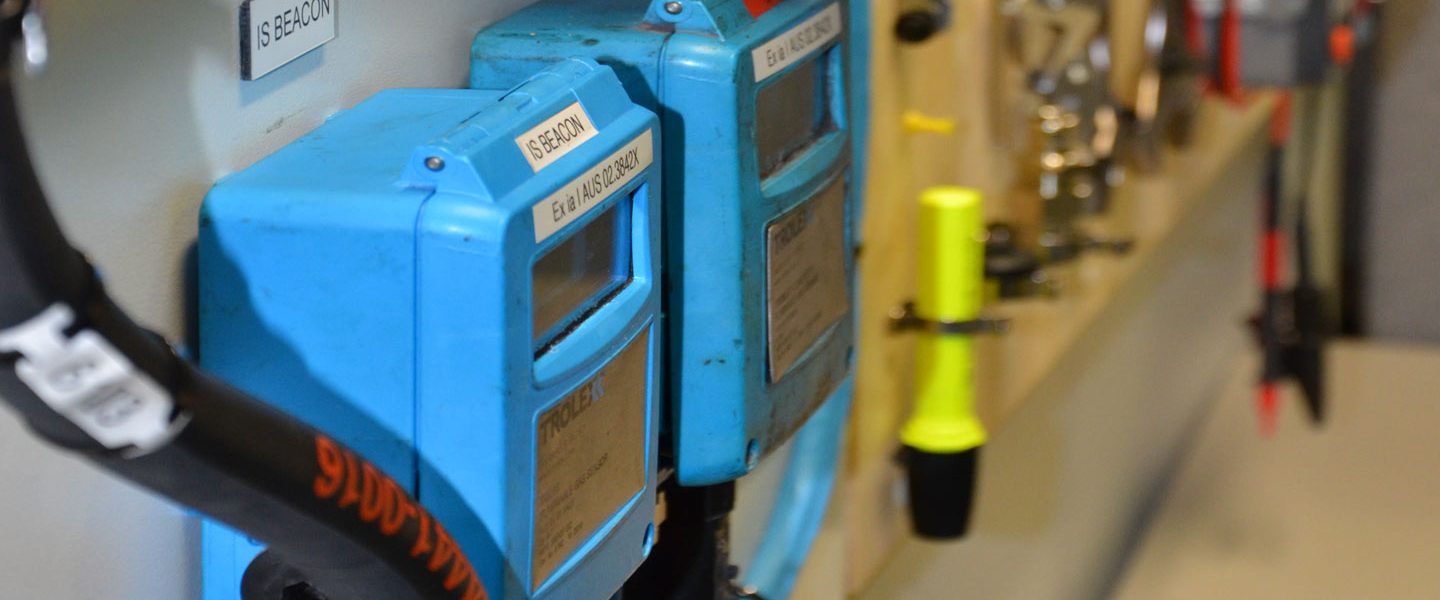The Ultimate Guide To Roar Solutions
The Ultimate Guide To Roar Solutions
Blog Article
The 4-Minute Rule for Roar Solutions
Table of ContentsNot known Details About Roar Solutions Roar Solutions - The FactsRoar Solutions - Questions
In such an ambience a fire or explosion is possible when 3 standard conditions are satisfied. This is often referred to as the "unsafe location" or "burning" triangle. In order to secure setups from a possible explosion an approach of evaluating and classifying a possibly unsafe location is needed. The objective of this is to guarantee the appropriate selection and setup of equipment to ultimately stop an explosion and to guarantee safety of life.
(https://fliphtml5.com/homepage/eiscc)
No devices must be set up where the surface area temperature of the tools is better than the ignition temperature of the given hazard. Below are some typical dust dangerous and their minimum ignition temperature level. Coal Dirt 380C 225C Polythene 420C (thaws) Methyl Cellulose 420C 320C Starch 460C 435C Flour 490C 340C Sugar 490C 460C Grain Dirt 510C 300C Phenolic Material 530C > 450C Aluminium 590C > 450C PVC 700C > 450C Residue 810C 570C The probability of the risk being existing in a concentration high enough to trigger an ignition will certainly vary from area to place.
In order to classify this risk an installation is separated into areas of threat depending upon the quantity of time the harmful exists. These areas are described as Areas. For gases and vapours and dusts and fibers there are 3 zones. Zone 0 Area 20 A dangerous atmosphere is extremely likely to be present and may be present for extended periods of time (> 1000 hours annually) or even continually Zone 1 Zone 21 A harmful environment is possible yet unlikely to be present for lengthy periods of time (> 10 450 C [842 F] A category of T6 suggests the minimum ignition temperature level is > 85 C [185 F] Dangerous area electrical tools possibly designed for usage in higher ambient temperatures. This would suggested on the rating plate e.g. EExe II C T3 Ta + 60C( This implies at 60C ambient T3 will certainly not be gone beyond) T1 T1, T2, T3, T4, T5, T6 T2 T2, T3, T4, T5, T6 T3 T3, T4, T5, T6 T4 T4, T5, T6 T5 T5, T6 T6 T6 A T Course rating of T1 suggests the optimum surface temperature level created by the tool at 40 C is 450 C. Assuming the associated T Course and Temperature ranking for the equipment are proper for the location, you can constantly use a tool with a more rigid Division rating than needed for the location. There isn't a clear response to this inquiry. It actually does depend upon the kind of tools and what repairs need to be executed. Devices with details examination procedures that can not be executed in the area in order to achieve/maintain 3rd party rating. Should return to the manufacturing facility if it is prior to the tools's solution. Area Repair Work By Authorised Personnel: Complicated screening might not be needed nonetheless specific procedures might need to be followed in order for the devices to preserve its 3rd party ranking. Authorised workers have to be utilized to perform the work appropriately Repair should be a like for like replacement. New element have to be thought about as a straight substitute calling for no special testing of the equipment after the repair work is full. Each item of tools with a dangerous ranking need to be assessed separately. These are detailed at a high level below, but also for even more thorough info, please refer directly to the guidelines.
Indicators on Roar Solutions You Need To Know
The tools register is an extensive database of devices documents that consists of a minimum collection of fields to recognize each item's location, technical parameters, Ex category, age, and environmental data. The proportion of In-depth to Close examinations will be established by the Tools Threat, which is evaluated based on ignition danger (the likelihood of a resource of ignition versus the likelihood of a combustible environment )and the hazardous location category
( Zone 0Area 1, or 2). Applying a robust Risk-Based Assessment( RBI )strategy is vital for making certain compliance and security in handling Electric Devices in Hazardous Areas( EEHA).
Not known Details About Roar Solutions

In terms of eruptive danger, a harmful area is an atmosphere in which an explosive environment is present (or might be anticipated to be present) in amounts that require unique safety measures for the building and construction, setup and use devices. high voltage courses. In this post we explore the challenges encountered in the work environment, the risk control steps, and the needed proficiencies to work securely
These substances can, in particular conditions, form explosive atmospheres and these can have significant and unfortunate consequences. Most of us are familiar with the fire triangular get rid of any type of one of the 3 components and the fire can not happen, however what does this mean in the context of unsafe locations?
In the majority of circumstances, we can do little about the levels of oxygen airborne, but we can have considerable impact on sources of ignition, for example electric devices. Harmful areas are recorded on the unsafe location category drawing and are recognized on-site by the triangular "EX-SPOUSE" indication. Below, amongst various other vital details, areas are divided into 3 types depending upon the risk, the probability and period that an explosive ambience will certainly exist; Zone 0 or 20 is Clicking Here regarded the most unsafe and Zone 2 or 22 is deemed the least.
Report this page